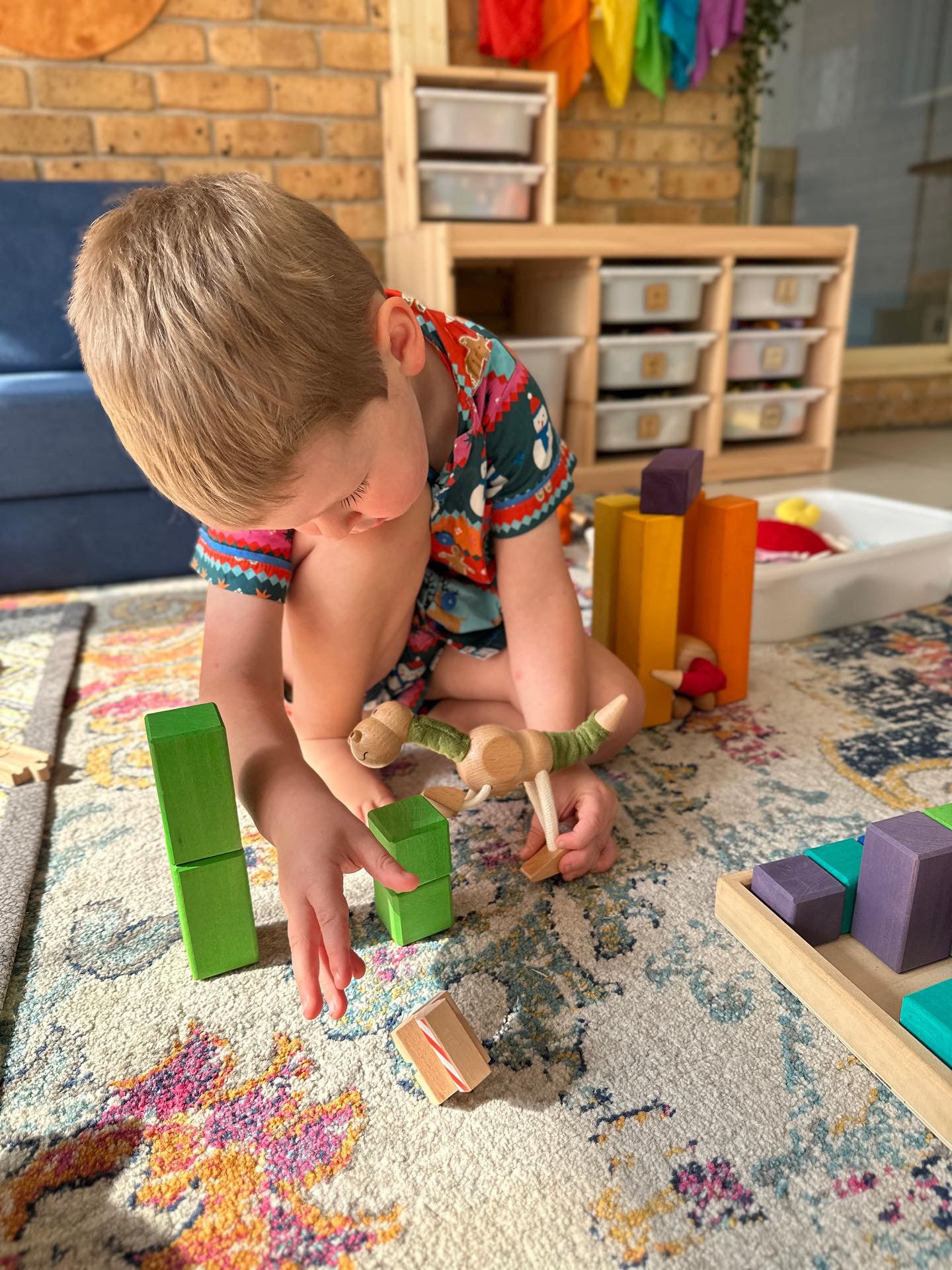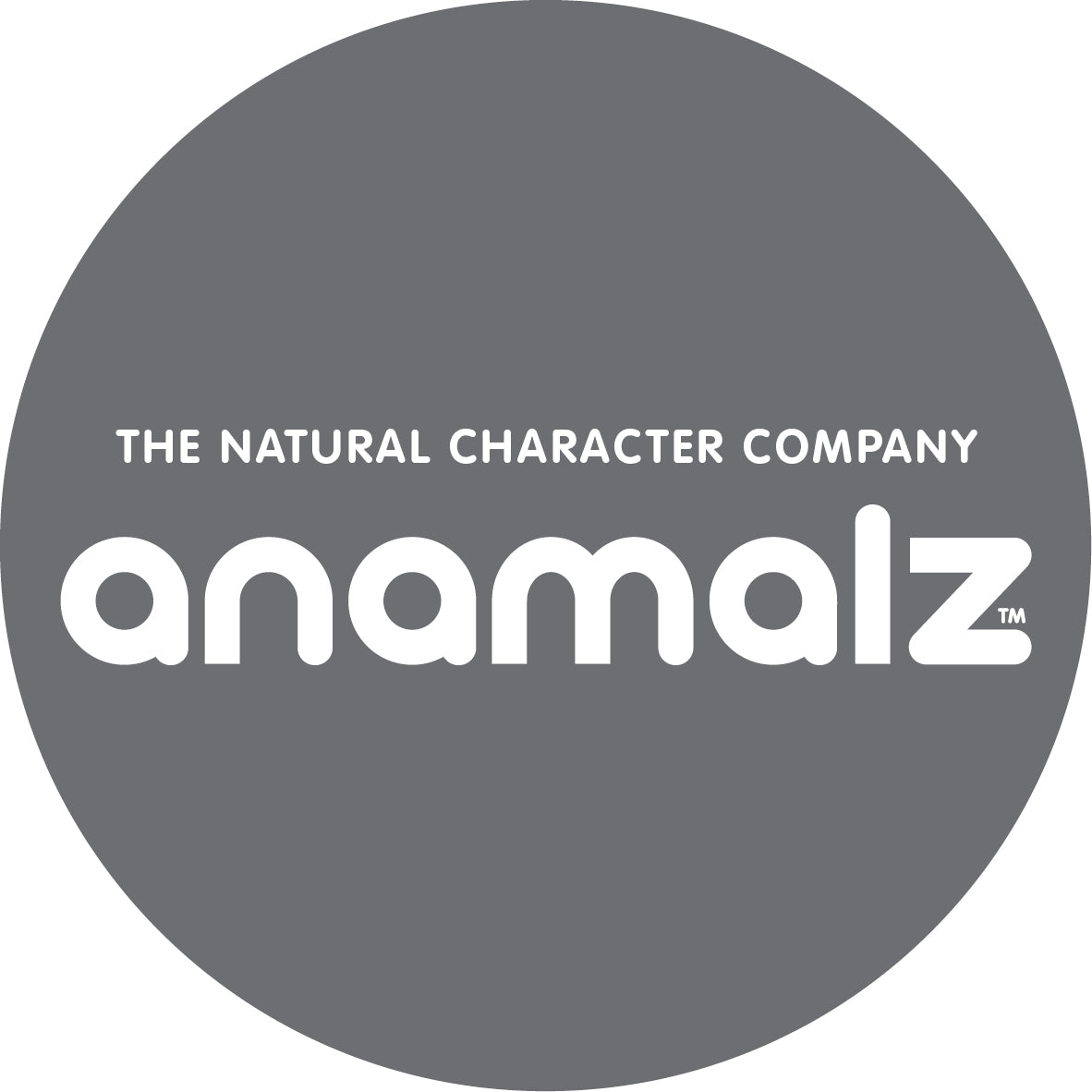What does ‘Open-Ended Play’ really mean?

Children's innate curiosity drives them to explore the world through play experiences. Open-ended play is characterised by its lack of predetermined limitations and fixed answers, allowing children to follow their imagination without specific constraints. It grants the freedom for play to unfold in any direction their creativity takes them, devoid of predefined outcomes and the notions of 'right' or 'wrong.'
How do open-ended resources differ from purpose-made toys?
Purpose-made toys, such as puzzles or games, often serve singular functions and come with predetermined conclusions, such as completing a puzzle or declaring a game winner. In contrast, open-ended resources, like wooden blocks, fabrics, clay, and various other items, are multi-use and encourage children to harness their imagination and creativity. With no rules or specific problems to solve, engaging in open-ended play with these resources allows for exploration without the pressure to produce a finished product.
Wooden blocks, for example, stand out as excellent open-ended resources due to their versatility, supporting the development of motor skills, communication, mathematical concepts, self-control, and concentration. These resources seamlessly integrate into various play domains, including water, sand, and role play, contributing to the enhancement of creativity, imagination, and exploration.



Share and get 15% off!
Simply share this product on one of the following social networks and you will unlock 15% off!